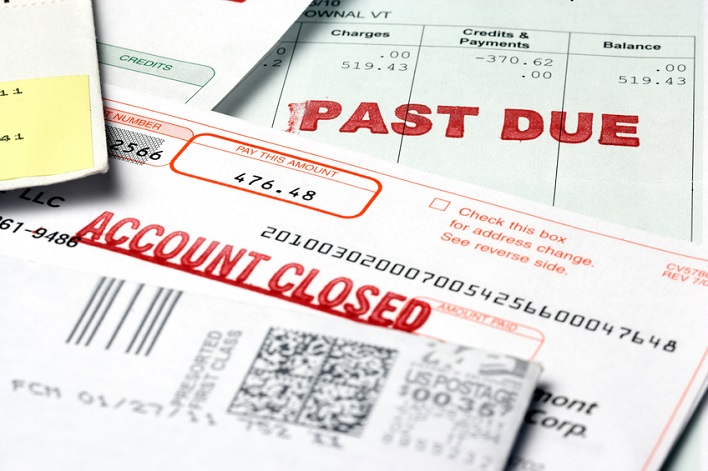In a previous article, I outlined The Relationship Manager’s Guide to Collecting Past Due Receivables. That article described Janet, a business owner whose outstanding receivables of 60 days or more totaled a quarter of a million dollars. It took three months to collect the unpaid invoices.
The longer a receivable is outstanding, the more challenging collection becomes—and the bigger an impact it has on your customer relationships and cash flow. It’s much easier to prevent past due receivables than to collect them. Here are some simple ways to keep the cash flowing.
Change your mind-set // After invoicing her customers, Janet assumed that her company’s job was done. Invoicing and receivables collection are not just accounting tasks. They are just the beginning of your most important customer service and relationship management process. Treat them that way.
Define your payment and credit policies // Janet’s company did not have written policies, or require a credit application for new customers requesting credit. Draft or revise your credit and payment policies, and make them available to both your team and your customers. Require a credit application before you offer extended payment terms.
Review payment terms during the order or sales closing process // Outline your payment terms as a separate step in your sales or order process. Provide your terms in writing to your customer, and verify details such as:
- contact person for invoicing
- customer invoice approval and payment process
- customer-required information for invoices, such as a purchase order number or federal employer identification number
Help your customers to pay on time // Use incentives to encourage on-time or early payment by including a note on invoices that provides a discount for payments made by a specific date. Discourage overdue payments by also including note on late payment charges. Build customer communications, such as reminder emails, into your receivables management process so that paying on time is easy.
Shorten your invoicing cycle // Janet’s company invoiced customers monthly, but sometimes let invoicing slide to five or six weeks. Invoicing keeps your cash flowing—make it a consistent priority. Consider invoicing twice a month, so that invoices and orders are more closely aligned with the purchase decision and product/service delivery.
Offer multiple payment options // More ways to pay minimizes excuses for late payments. In addition to payment by check, consider offering payment options such as credit card, electronic bill payment or direct deposit. Start by reviewing digital options such as those listed here, or consult your banker for alternatives.
In 2012, Reuters reported that a rare book was sheepishly returned to the Chicago Public Library, 78 years after it had been checked out. Don’t leave your receivables collections to chance. Manage them for what they are—a critical part of your customer relationships, and the lifeblood of your business.

